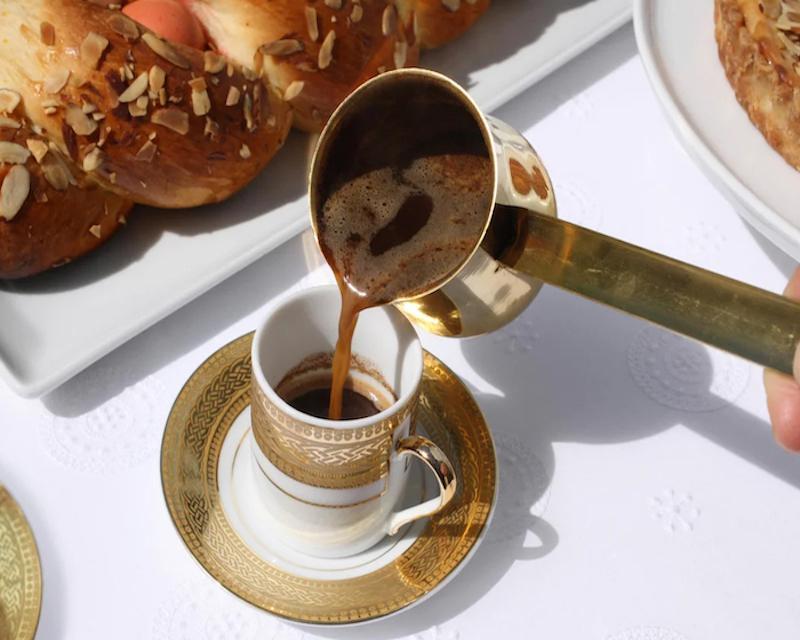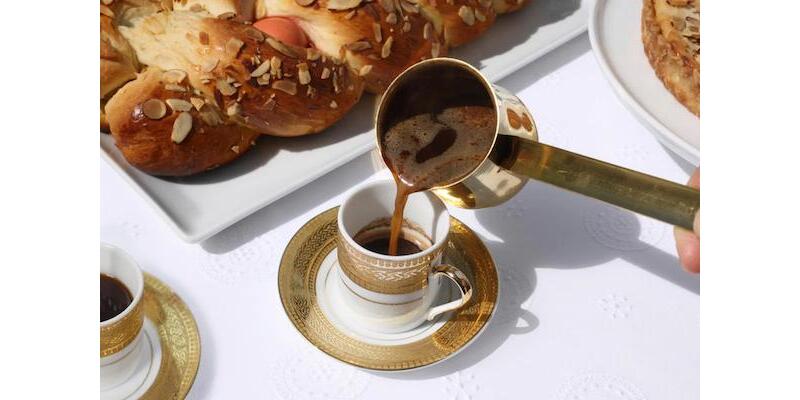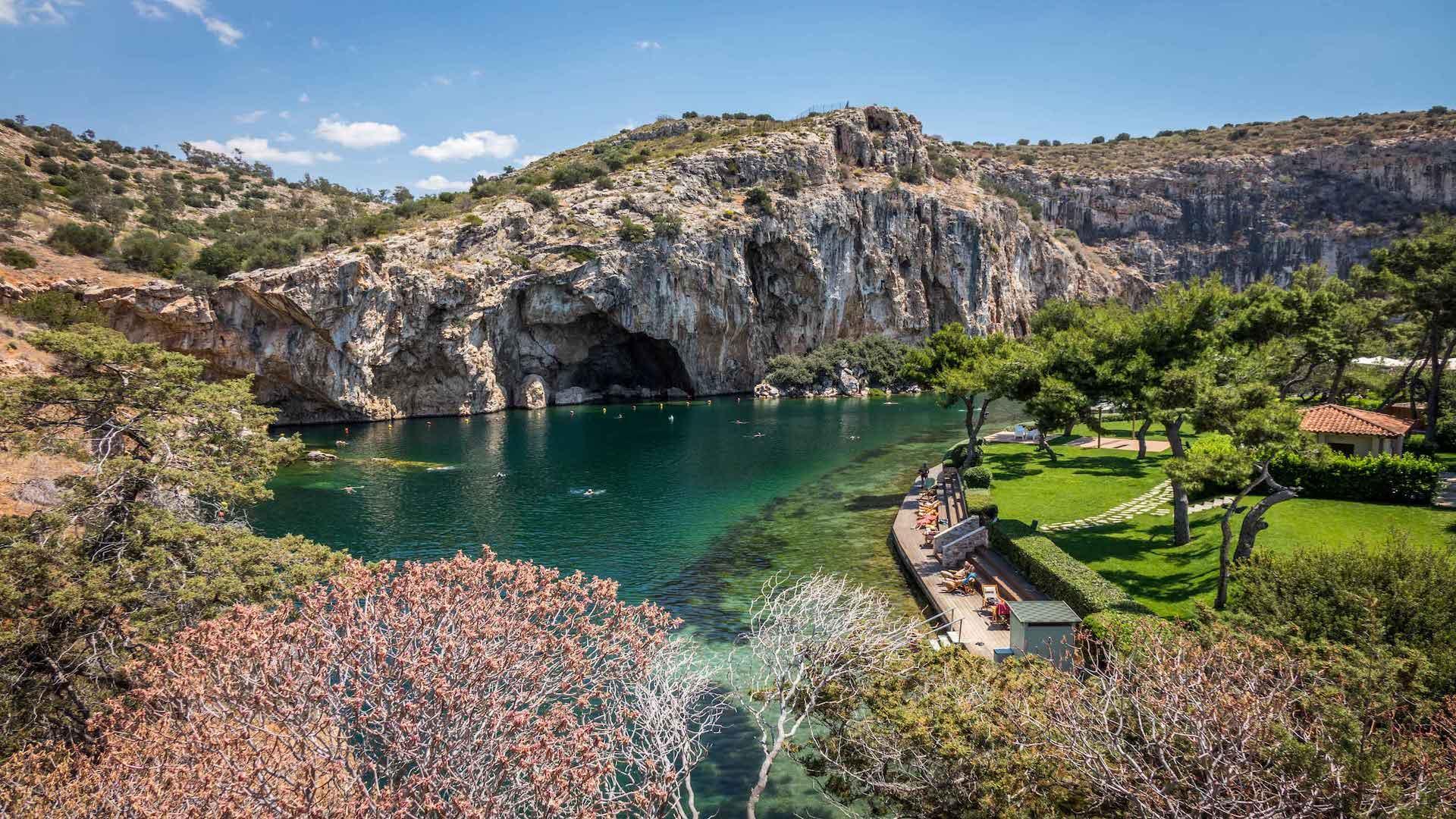About Athens Riviera
When you hear Athens, your mind instantly wonders to a loud, hustling, bustling city where the old meets the new; a city of ancient monuments like the Parthenon, the national gardens, and then of course there are the winding streets of Plaka. A ‘village’ within the city and an ‘island’ feel for those who don’t have time to visit the islands themselves; typically touristy, pedestrianised and commercial but arguably one of the nicest neighbourhoods in central Athens! Athens is simply brimming with creative energy with its museums, theatres, exhibitions, festivals and for sure there are no limits to shops, restaurants, bars and clubs. But apart from its illustrious history, Athens is now home to a dynamic new generation of entrepreneurs who are enhancing the city’s look, feel and vibe.
However, if you’re searching for more than an open-air concert at the ancient Odeon of Herodes and the changing of the guards at Syntagma; more than a souvlaki in quirky Psyrri and a white wine spritzer at the Orizontes bar (which is without a doubt the most magnificent view of Athens on Lycabettus Hill), then, take a tour along the Athenian Riviera and you will be pleasantly surprised as to what awaits you. When Greeks refer to the Riviera, they are talking about 60 km of coastline that starts about 20 minutes south of the city centre. Poseidonos Avenue snakes through the upmarket suburbs of Glyfada and Vouliagmeni, all the way to Cape Sounion and the Temple of Poseidon.
For those who wish to combine a few days in the city or want to be close enough to visit Athens and all the nearby landmarks but all the while experiencing this unique and complex metropolis from their own private yacht than a hotel, the Athens Riviera is the ideal choice. A matchless opportunity to swim, relax at a waterfront café, walk along the marinas, dine by the sea or have a memorable night out at one of the coastal avenue’s buzzing clubs.
Palaio Faliro is very close to the city centre and offers a wide range of activities and an amazing view to the Saronic Gulf. One of the many reasons as to why it is the ultimate summer hot spot for Athenians! It has a beautiful coast, playground, a dog park, a park with bike rides, a shopping centre, stylish restaurants, an open-air cinema and all within its trademark marina, Flisvos; a mega-yacht destination that infuses a cosmopolitan flair to the area. Another great place to moor is in one of the marinas of Glyfada. A very sophisticated and elegant district. It stands out for its sandy palm-fringed beaches, its cosmopolitan clubs, its polished hotels, boutiques and restaurants. Famed also for its 18-hole golf course if you want to get in a round or two.
Voula lies just a couple of miles south of Glyfada and is home to amazing beach clubs. The same modern beach bars that offer water sports during the day turn into chick yet vibrant beach bars by night.
To the east of Voula lies Vouliagmeni. It is decorated with pine trees and consists of two peninsulas, Megalo and Mikro Kavouri which translates to large crab and little crab. The beaches in the area are often awarded blue flags. Great spots to swim and wade, they alternate between sand and pebble between rocky shores. Close by is also the rocky islet of Fleves a popular swimming spot. If in Vouliagmeni and you have the time, a visit to the Astir Hotel beach you can visit the Ruins of the Temple of Apollo Zoster. And don’t forget Vouliagmeni Lake, where you will find the remains of a huge limestone cave and warm springs. The lake’s waters are seemingly healing for rheumatism and arthritis!
Moving further east, the next notable resort is that of Varkiza, where an exceptional seascape unfolds on the coastal road. Great beach clubs, water sports galore, azure waters, picturesque tavernas, outstanding…
The coastal road continues through marvellous tourist resorts such as Lagonissi and Saronida and ends at Cape Sounio, on Attica’s south-eastern tip. Cape Sounio is infamous for the ultimately impressive Temple of Poseidon. It was regarded as the final landmark to home by ancient Athenians as they sailed into the Aegean. According to Greek Mythology, it is the spot where Aegeus, King of Athens, leapt to his death off the cliff. It is said that Theseus, the Kings son, promised to announce his fate upon his return from his quest to slay the Minotaur in Crete. H was to put up white sails on his ship if he succeeded or if he had perished the ship would be sailing home with black sails. Theseus who managed his feat had become drunk with his friends to celebrate the success and on his return had forgotten to change the sails from black to white. Aegeus awaiting his son’s arrival stood at the top of the Cape, saw the black sails on the ship coming in and was so devastated that he threw himself off the cliff. That is where the Aegean Sea got its name.
The remains of the temple are on the head of the cliff and the sunset over the Aegean Sea, as viewed from the ruins is a magnificent spectacle. The sky with every shade you could ever dream of and is breathtakingly powerful. Just as magical from your boat too!
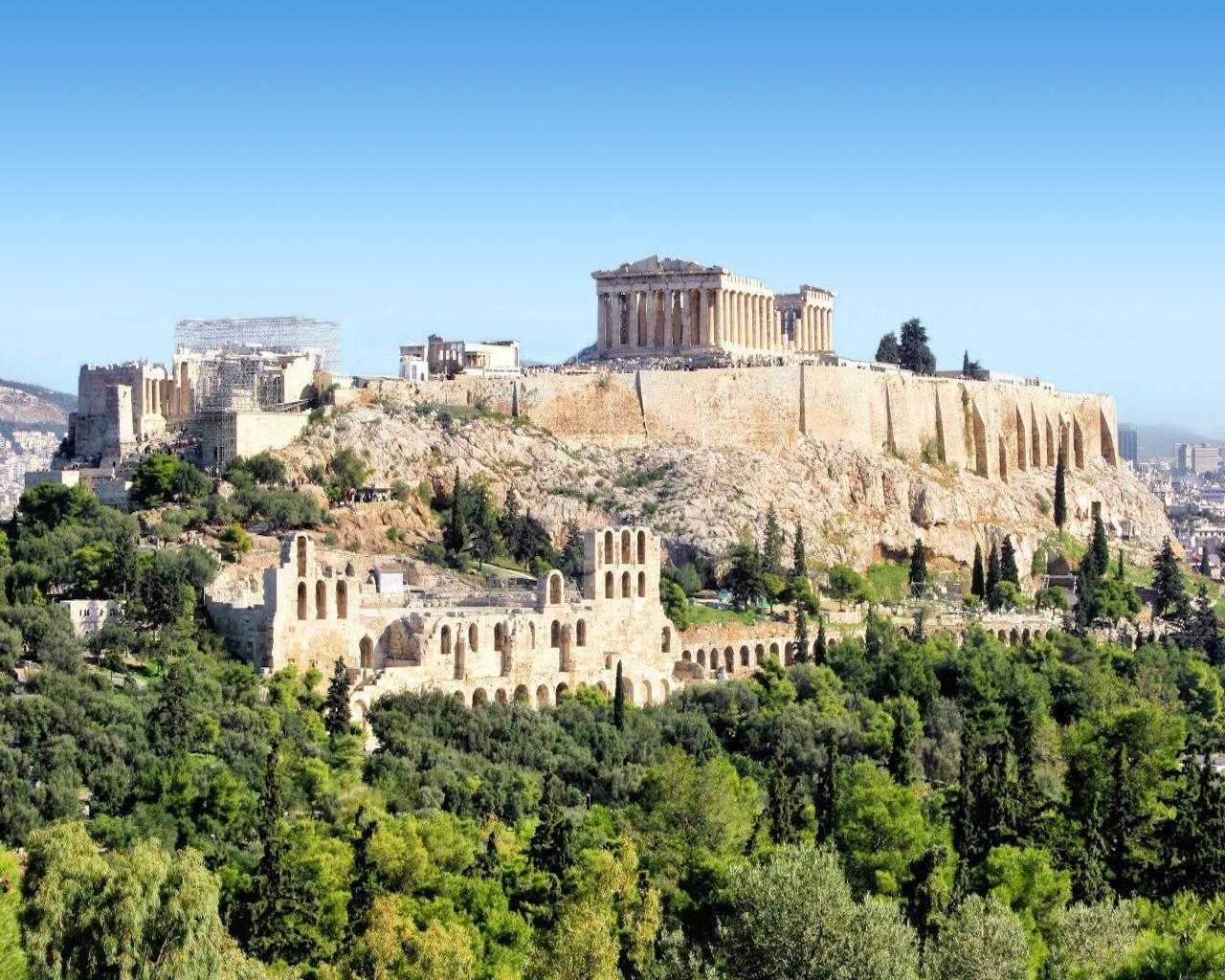
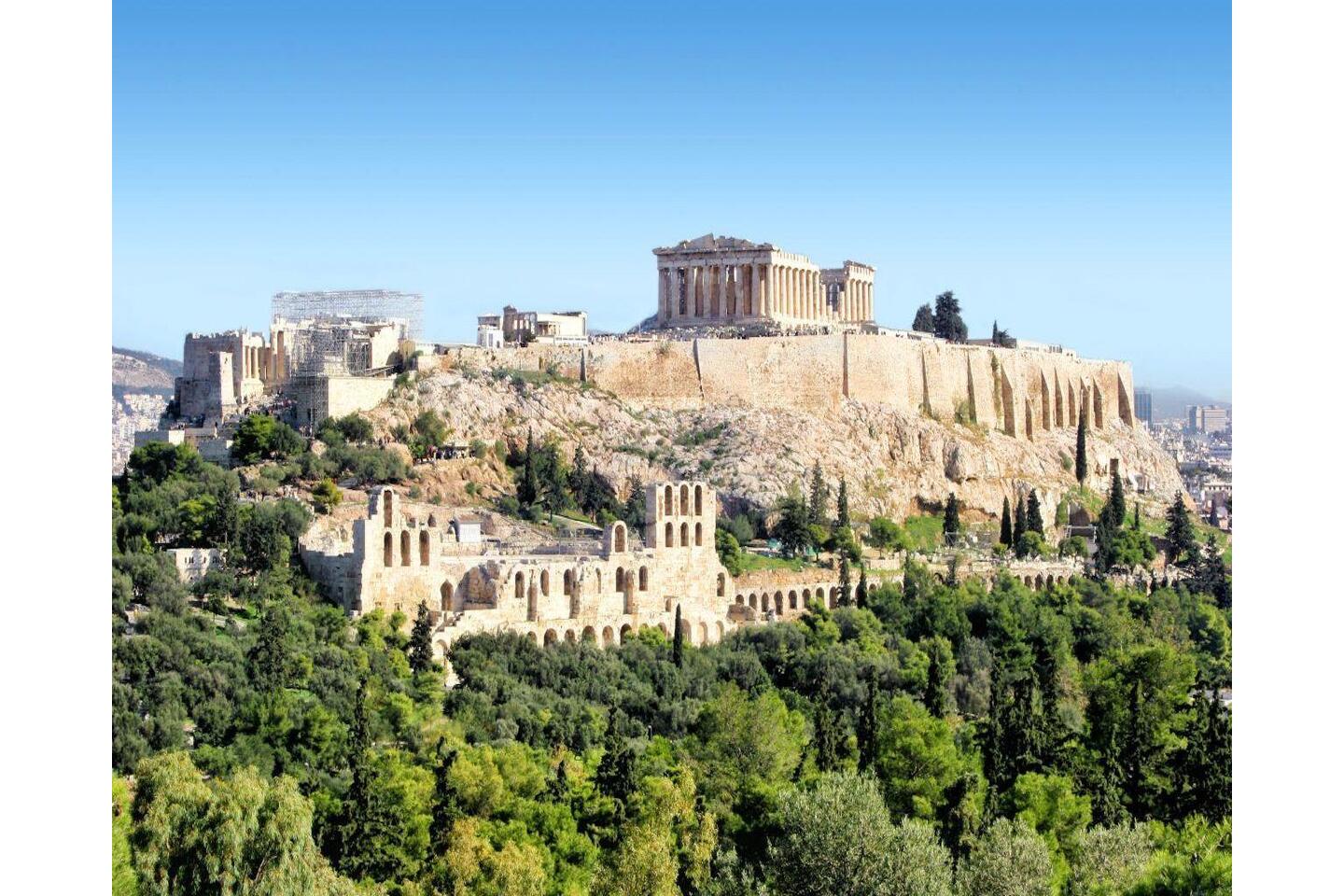
“The Island’s History”
“The Island’s History”
It goes without saying that Athens is steeped in timeless history. There isn’t a corner that you turn where you won’t see some sign of ancient times including deeply embedded in our Metro system! After exploring the Acropolis and its temples of the Parthenon, Erectheion and Athena Nike, why not take a walk up to Philopappus Hill to see the funeral monument that dates back to the Roman era. From here you can enjoy panoramic views of Athens and Piraeus. Walk down to the hill of the Pnyx to explore the meeting place for democratic assembly in ancient Athens.
Historical Plaka near the Thiseion temple, dates to the 5th century BC. Roam past the ancient Agora and the restored Stoa of Attalus, Hadrian's Library, and the picturesque Tower of the Winds. Directly below the Acropolis you can also walk on the hill of Mars, where, as written in the Acts of the Apostles in 54AD, it said that Saint Paul preached his Sermon on an unknown God.
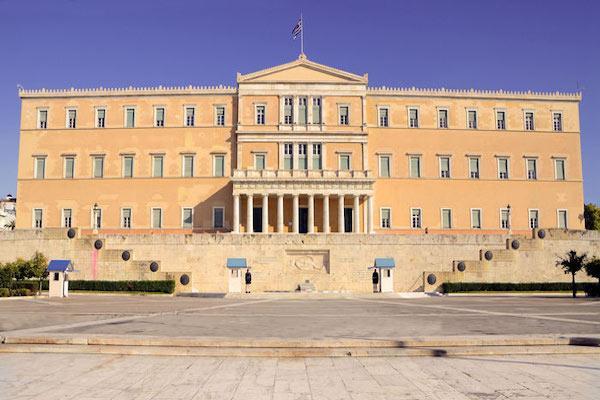
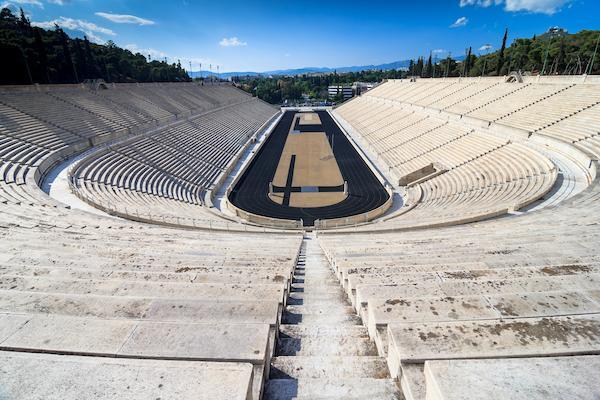
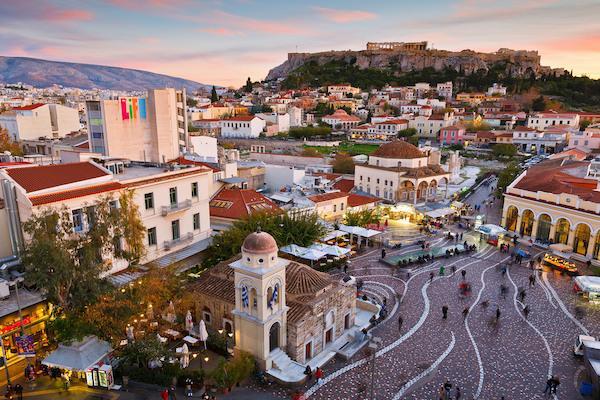
Beaches
Most, if not all the beaches along the riviera are a talking point. However, if we were to pick a couple that stood out then Voula A’ beach has been awarded a blue flag and on Voula B’ beach, thanks to great works, it is now a disabled friendly beach that everyone can enjoy. Astir beach is another blue flag beach with shallow, tantalising turquoise water, smooth sand and excellent facilities. And for windsurfing enthusiasts Varkiza beach is considered the place to be.
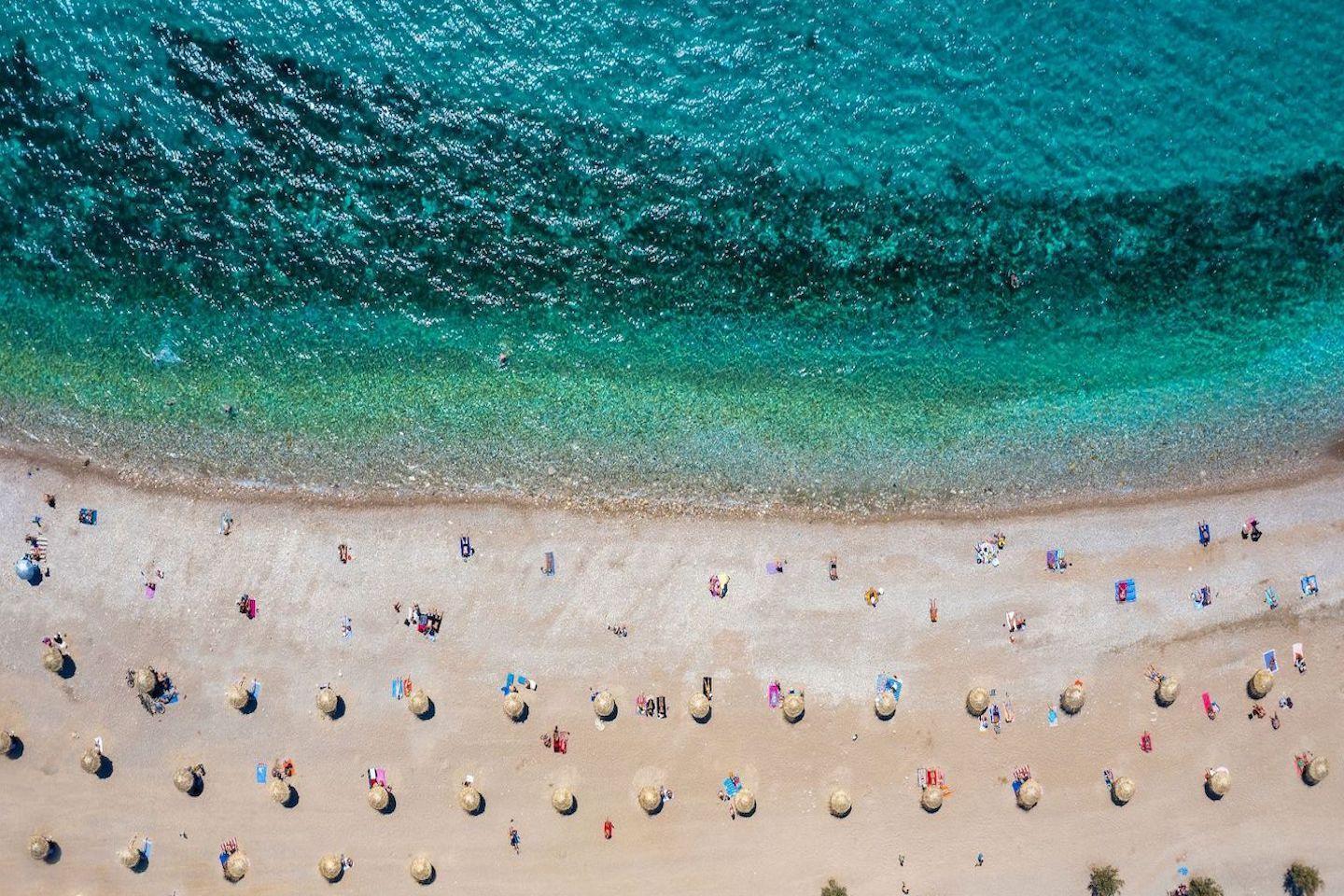
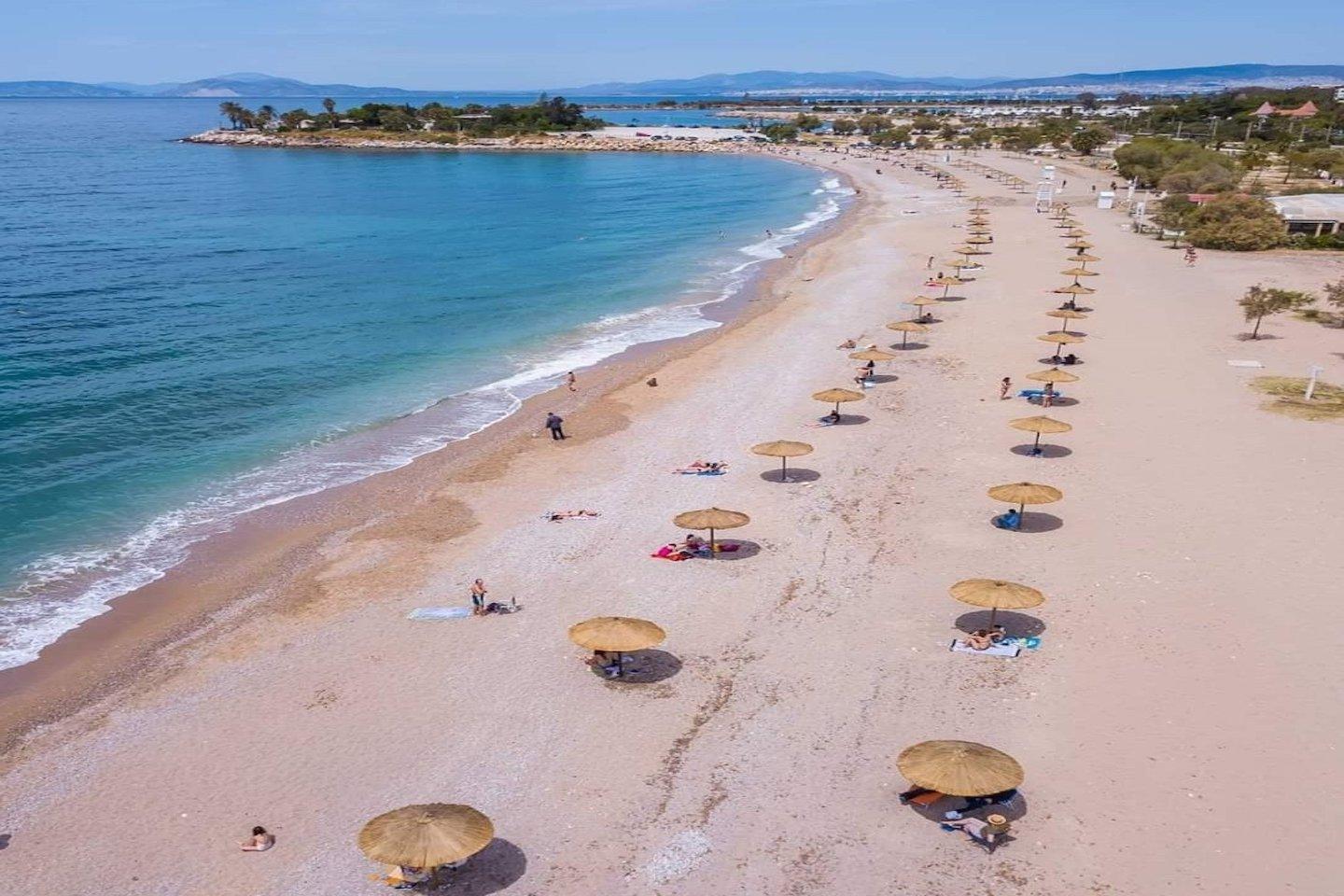
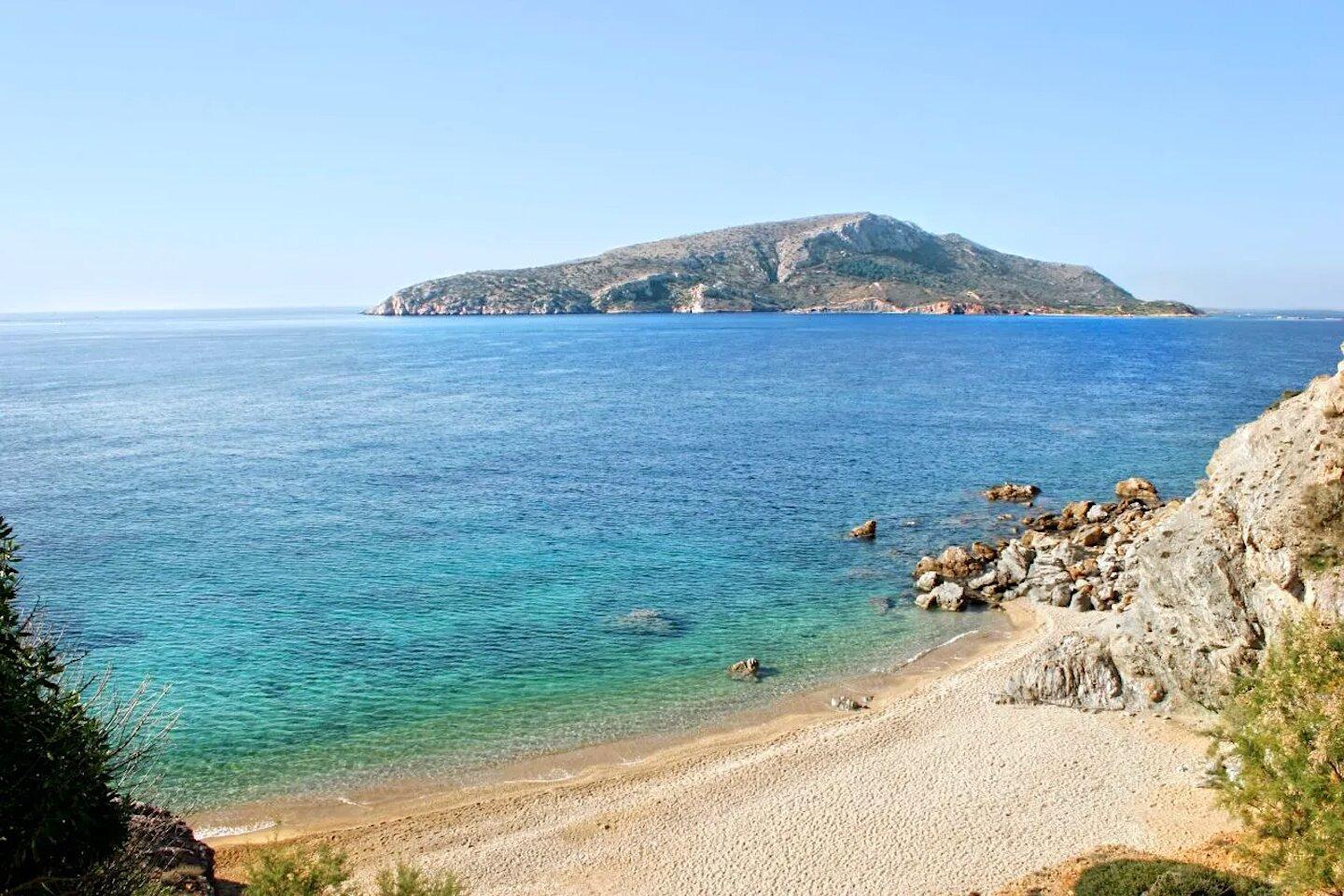
“Traditional Foods”
“Traditional Foods”
Only one thing to mention here. In reality what is there to say about Greek food that hasn’t already been said, but one thing we haven’t talked about is Greek coffee. There are 2 to try! Firstly, there is ‘Frappe’, a cold, instant coffee made with milk and sugar to taste, whisked to a froth, poured over ice in a tall glass and enjoyed slowly, with a straw, one sip at a time. It was invented in 1957 by Dimitris Vakondios who was an employee of Giannis Dritsas. At the time, Dritsas was a representative of Nestle, exhibiting a new chocolate beverage for children at a fair in Thessaloniki. Dritsas' employee Dimitris was looking for a way to have his usual instant coffee during his break but couldn’t find any hot water, so, he mixed the coffee with cold water and ice cubes in a shaker instead. The ‘happen to’ experiment, quickly grew in popularity, with Nestle capitalising on the drink with intense marketing campaigns in the 80’s: ‘Nescafe Frappe’;
This left the brand Nescafe inextricably linked with frappe. Now it’s simply called frappe and is a hallmark of Greek coffee culture. Secondly there is ‘Greek’ coffee. A strong brew served in a small demitasse cup. It is a hot coffee that is boiled and slightly bitter to the taste, served with foam at the top and the finely ground coffee beans sit at the bottom of the cup. The drink can be sweetened according to taste and there are usually four ways to ask for your coffee: unsweetened, medium sweet, sweet and very sweet! Experimenting will help you find the exact brew for you. The coffee grind, water and sugar (if wanted) are boiled all together in a small pot called the ‘briki’ until the coffee dissolves and a foam rises to the top signifying that it’s cooked. The foam is called ‘kaimaki’ and the Greeks love it! The richer the foam the better! Greek coffee is usually served piping hot and always accompanied by a glass of water. It is also usually accompanied by biscuits or syrupy sweet treats.
